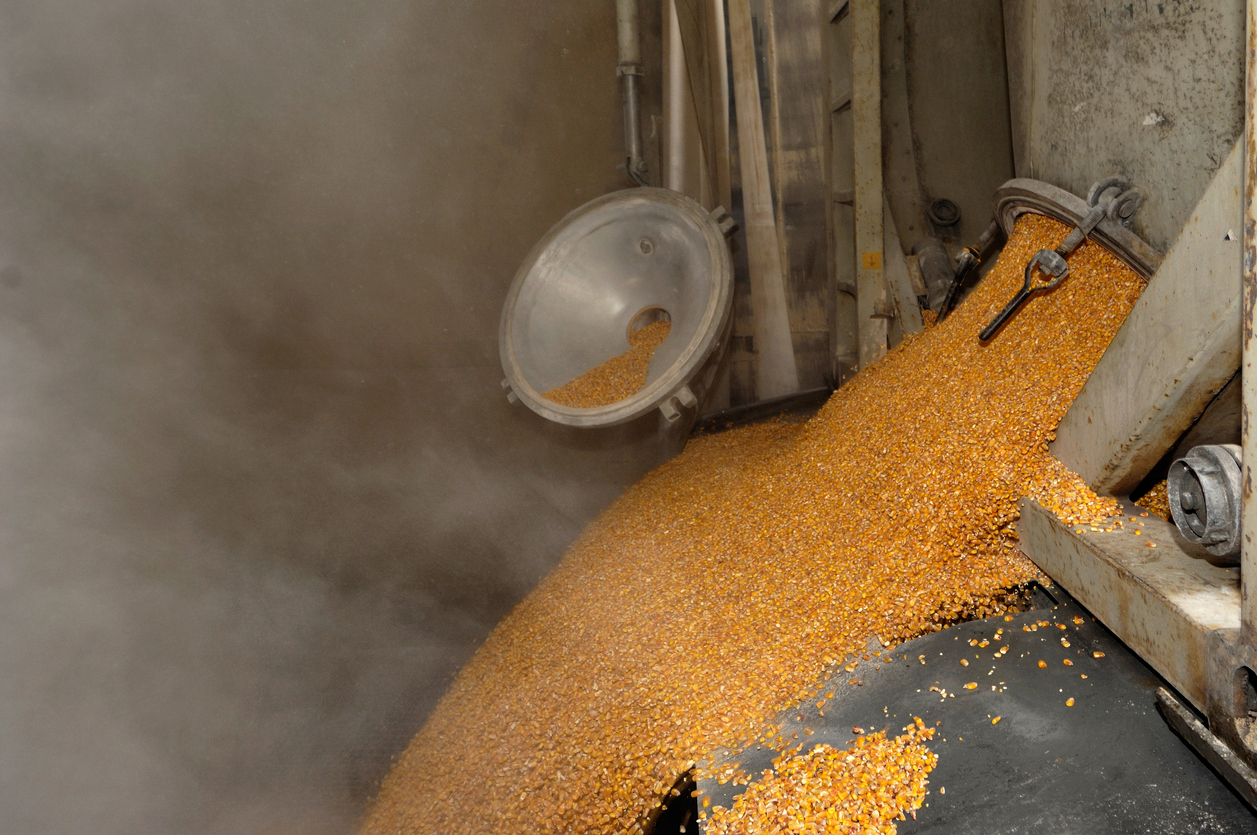The production of food requires the transportation, storage, and processing of a wide range of raw ingredients – from flour and wheat to sugar, salt, pepper, and various other ingredients. When working with these materials, residual dust is always left behind. Due to the particles’ lightweight, the dust will often float upwards and settle on top of machinery, pipework, ductwork, and anything else that stands between it and the floor.
When dust particles become airborne and are exposed to an ignition source, they can cause devastating explosions and fire. For example, in 2021, there were 163 fires, 53 explosions, 215 injuries, and 69 fatalities worldwide at various types of facilities, according to Dust Safety Science’s 2021 Combustible Dust Incident Report. U.S. facilities accounted for 98 fires, 20 explosions, 26 injuries, and two fatalities.
According to the 2021 report, agricultural and food products were involved in 48.1% of incidents. One incident involved a baked-goods producer in Georgia where a dust explosion occurred in a flour-mixing room at the plant. As a result, damage was done to one wall of the room. The fire investigator’s report indicated that the explosion happened in the sifting room, which was fitted with a plastic curtain to contain potential dust from the mechanical equipment involved. Another dust fire incident involved Kellogg’s at its Michigan plant, which caused $1 million in damages. The accidental fire began when a conveyor belt malfunctioned and ignited combustibles within a rice dryer machine.
Risk Mitigation
It’s important for insureds to educate workers about dust hazards and how to handle particulate ingredients during production and ensure that safety and cleanliness are a part of the food processing plant’s workplace culture. In addition, a properly designed and installed industrial dust-collection system is required to mitigate the threat of a dust explosion. Today’s technology can include a variety of indoor point-of-use dust collectors that remove the dust near the source, which results in a cleaner facility and less cross-contamination between product lines or volatile substances. It also means less downtime because a single collector can be turned off without affecting the entire production line.
NFPA 61, Standard for the Prevention of Fires and Dust Explosions in Agricultural and Food Processing Facilities, also provides the following guidelines to help mitigate dust explosions:
Isolation devices: These devices detect a pressure increase during the early stages of combustion events and block access to the area, preventing the fire from spreading through ductwork.
Explosion venting: This technique is designed to intentionally burst open at specific pressure points so that gasses can be released at one safe location, thereby reducing explosive dust. It is a relatively effective control measure, but it must be vented to the outdoors to function properly.
Explosion suppression system: This active system detects pressure changes and injects chemical flame suppressants, typically sodium bicarbonate, into the dust collector. The entire procedure is completed in a fraction of a second. This can reduce the likelihood of secondary fires or explosions.
About Seneca Insurance Companies
Seneca Insurance Companies offers customized property solutions for all segments of the food processing industry, including manufacturers, ingredient handling, factory and store operations, cold storage, transportation, and distribution.

